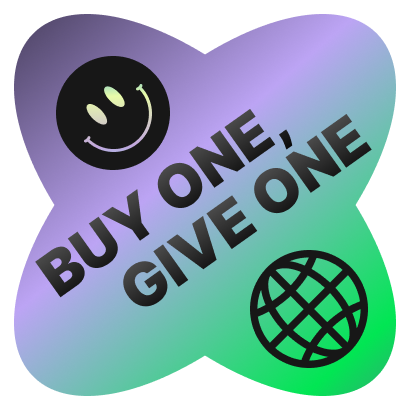Gamification in Advertising
Gamification is a powerful tool in advertising that, when applied effectively, can significantly boost engagement and customer loyalty. Let's delve into some exemplary real-world cases where gamification has been used successfully across various industries.
Immediate Feedback
Providing real-time feedback is crucial in maintaining user engagement. For instance, Paper Moose's "Jimmy Kicks" campaign offers immediate results for each kick, creating an engaging and responsive user experience. This principle is widely applied in successful apps and games to keep users motivated.
Achievable Goals
Setting clear, achievable goals is fundamental for user motivation. Duolingo excels in this area by incorporating daily targets and learning streaks, encouraging regular usage and a sense of achievement. This approach ensures users stay engaged and committed.
Social Interaction
Incorporating social elements enhances engagement by leveraging community influence. Nike+ Run Club fosters a sense of community by allowing users to share achievements, creating camaraderie and competition among runners. This not only boosts interaction but also builds a loyal community.
Unexpected Rewards
Using variable reward schedules keeps the experience intriguing. Starbucks Rewards surprises users with random freebies or double star days, maintaining interest and excitement. This unpredictability encourages continued participation and enhances loyalty.
Progress Visualisation
Visualising progress can significantly boost motivation. Nike+ Run Club and Duolingo use progress visualisation to show users their advancement through levels or running maps, reinforcing their commitment to the app.
Integration of Real-World Benefits
Linking game engagement to tangible benefits ensures users see real-world value in their participation. M&M’s Eye-Spy Pretzel campaign connected game engagement to social media interaction, increasing brand visibility and customer interaction online.
Additional Examples of Gamification in Advertising
- McDonald's Monopoly: This annual promotion encourages customers to collect game pieces to win prizes, creating a sense of excitement and increasing foot traffic to their restaurants (Scavify) (Adact).
- Coca-Cola's Gamified Vending Machines: Coca-Cola introduced vending machines that rewarded customers with a free drink if they hugged the machine or performed other actions, creating a unique and interactive brand experience (Learn Hub | G2).
- Pepsi Max's Augmented Reality Campaign: Pepsi Max used AR to create a virtual experience at bus stops, captivating users with immersive and entertaining content that established them as a tech-savvy brand (Learn Hub | G2).
- Headspace: The mental health app uses gamification to encourage regular meditation through rewards and streaks, promoting user well-being and engagement (Learn Hub | G2).
- Memrise: Similar to Duolingo, Memrise uses gamification to make language learning fun and competitive, with users earning points and badges as they progress (Xperiencify).
- Swedbank Advent Calendar: Swedbank used a gamified advent calendar during the holidays to engage customers, significantly boosting engagement and acquiring new customers (Adact).
- Nike Training Club: This app offers challenges, achievement badges, and rewards to motivate users, integrating fitness and gamification effectively (Scavify) (Xperiencify).
- Samsung Nation: Samsung's program motivates users to interact and learn from each other by earning badges and progressing through different levels, fostering a community of engaged users (Xperiencify).
By creatively integrating gamification elements, brands can create engaging, behaviorally-driven campaigns that not only entertain but also build deep, lasting connections with their audience.
Play the Paper Moose game "Navigating the Wild West of Purpose" here.
We acknowledge the Traditional Custodians of the land upon which we create, the Gadigal People of the Eora Nation. We pay our respect to their Elders past and present, and extend that respect to all Aboriginal and Torres Strait Islander peoples today.
Always was, always will be, Aboriginal land.



